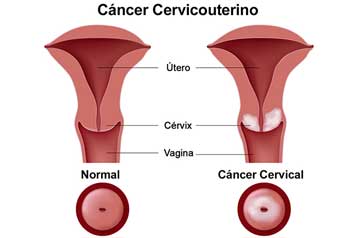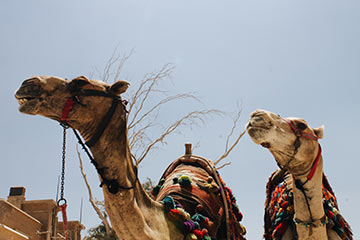Transmission of Influenza A Viruses Between Animals and People
Influenza A viruses are found in many different animals, including ducks, chickens, pigs, whales, horses, and seals. However, certain subtypes of influenza A virus are specific to certain species, except for birds which are hosts to all subtypes of influenza A. Subtypes that have caused widespread illness in people either in the past or the current period are H3N2, H2N2, H1N1, and H1N2. H1N1 and H3N2 subtypes have caused outbreaks in pigs and H7N7 and H3N8 viruses have caused outbreaks in horses.
Influenza A viruses normally seen in one species sometimes can cross over and cause illness in another species. For example, up until 1998, only H1N1 viruses circulated widely in the U.S. pig population. However, in 1998, H3N2 viruses from humans were introduced into the pig population and caused widespread disease among pigs.
Avian influenza viruses may be transmitted to humans in two main ways:
- Directly from birds or from avian virus-contaminated environments to people.
- Through an intermediate host, such as a pig.
Influenza viruses have eight separate gene segments. The segmented genome allows viruses from different species to mix and create a new influenza A virus if viruses from two different species infect the same person or animal. For example, if a pig were infected with a human influenza virus and an avian influenza virus at the same time, the viruses could reassort and produce a new virus that had most of the genes from the human virus, but a hemagglutinin and/or neuraminidase from the avian virus. The resulting new virus might then be able to infect humans and spread from person to person, but it would have surface proteins (hemagglutinin and/or neuraminidase) not previously seen in influenza viruses that infect humans.
This type of major change in the influenza A viruses is known as antigenic shift. Antigenic shift results when a new influenza A subtype to which most people have little or no immune protection infects humans. If this new virus causes illness in people and can be transmitted easily from person to person, an influenza pandemic can occur.
It also is possible that the process of reassortment could occur in a human. For example, a person could be infected with avian influenza and a human strain of influenza at the same time. These viruses could reassort to create a new virus that had a hemagglutinin from the avian virus and other genes from the human virus. Theoretically, influenza A viruses with a hemagglutinin against which humans have little or no immunity that have reassorted with a human influenza virus are more likely to result in sustained human-to-human transmission and pandemic influenza. Thus, careful evaluation of influenza viruses recovered from humans who are infected with avian influenza is very important to identify reassortment if it occurs.
While it is unusual for people to get influenza infections directly from animals, sporadic human infections and outbreaks caused by certain avian influenza A viruses and pig influenza viruses have been reported. (For more information see Avian Influenza Infections in Humans.) These sporadic human infections and outbreaks, however, rarely result in sustained transmission among humans.
centers for Diseases Control and Prevention
http://www.cdc.gov/
May 24, 2005






